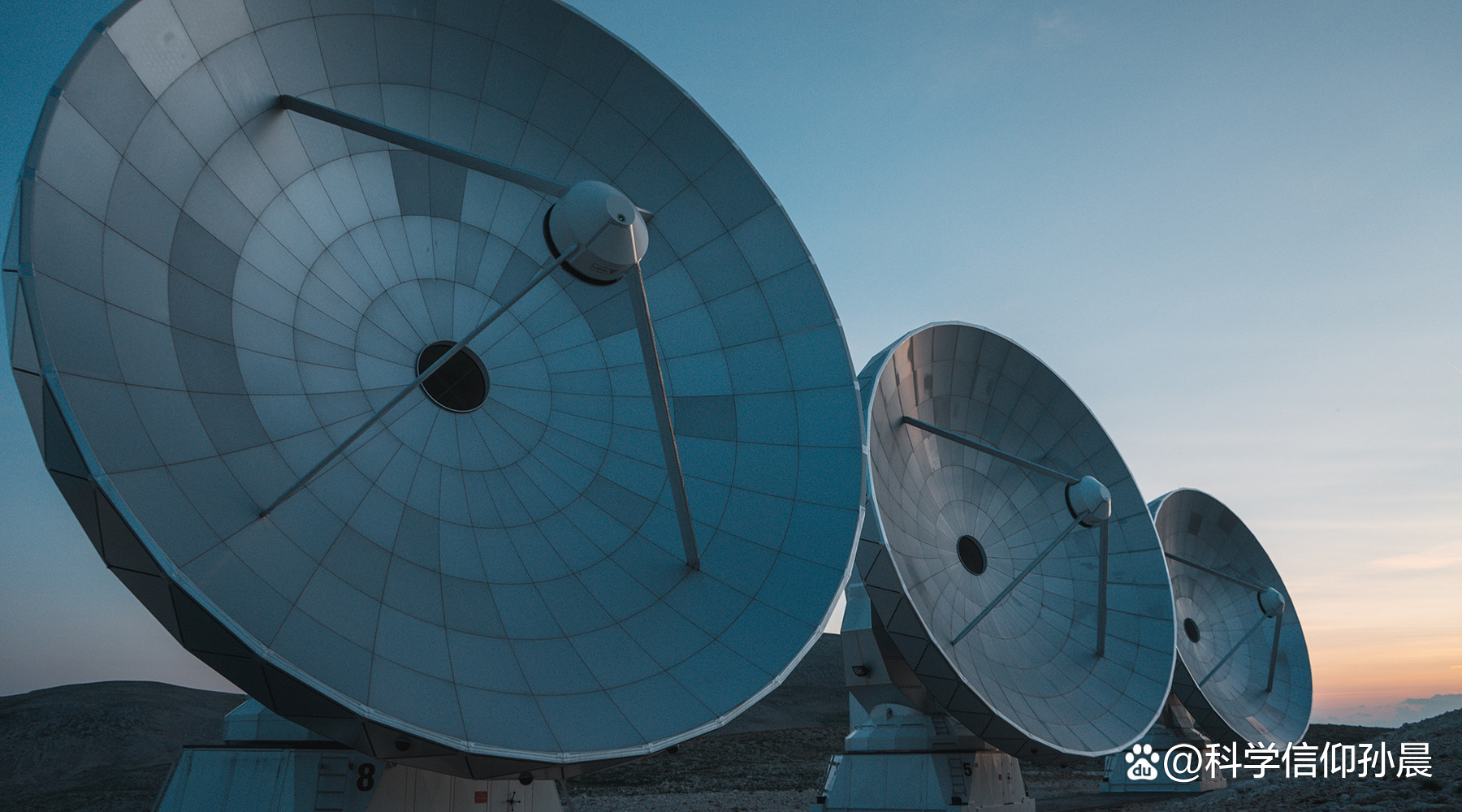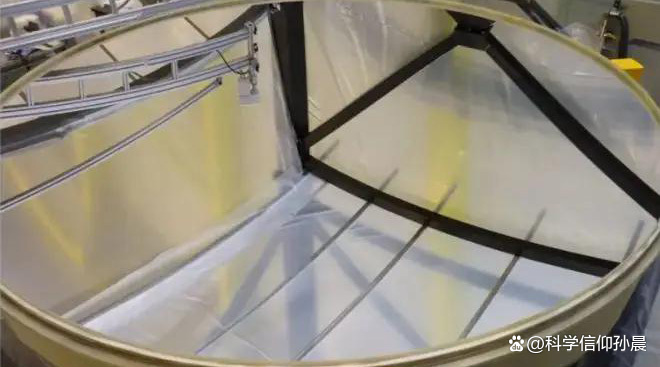Astronomical observation is indispensable for telescopes. Is the astronomical telescope expensive?There is a kind of flowing very cheap
Author:Scientific belief Time:2022.07.07
There seems to be many secrets in the deep and dark universe, and it is curious about this since the moment human beings have wisdom.
Fortunately, the universe is not impeccable. The a little star in the night sky is the key to cracking the mystery of the universe. Therefore, human beings have tried everything to observe these Xu Liang since ancient times. The cosmic observation ability has a qualitative leap. So what are you familiar with the astronomical telescope? When it comes to the types of telescope, there are actually many different classification methods. For example, according to the observation band, it can be divided into radio telescope, infrared telescope, optical telescope, ultraviolet telescope, X -ray telescope, γ -ray telescope, etc. The division can also be divided into foundation telescope and space telescope. The foundation telescope is installed on the surface, and Hubble and Weber installed outside the surface belong to the space telescope.

Generally, astronomical enthusiasts can contact the optical telescope, such as ancient refractive telescopes and popular Newtonian reflected telescopes, and the "China Eye" that makes us extremely proud is a 500mm caliber spherical radio telescope.
There are many types of telescope and different principles, but all telescope has a common characteristic, that is, "tall", translation is "expensive", such as China Tianyan, its total cost reached 667 million, its total cost reached 667 million, its total cost reached 667 million, and its total cost reached 667 million. And the famous Rubin Observatory, its cost is not less than 600 million US dollars. It seems that the telescope is really not affordable for anyone, but there are always exceptions in everything, and cheap telescope also has.

The cheap telescope we are talking about is very different from the telescope in our cognitive common sense. It is not a solid, but a fluid.
There are many types of telescope and different principles, but almost all telescope has a parabolic surface. Why? Because the distance between the celestial bodies in the universe is very far away, it is tens of light years or even hundreds of light years. Under such a distance, these stars can be regarded as parallel. Gathering these parallel light on one point naturally need a parabolic surface. In other words, if we have a large enough, reflective and good parabolic surface, we can be used to observe the deep space of the universe.

To create such a standard parabolic surface, it is usually expensive, so the price of the telescope will naturally go up, but if this parabolic surface is not solid, but fluid, the situation will be different.
Let's imagine that if we have a plate, put water on the plate, and then start to rotate this plate, what will happen? The water in the plate will rotate with it, and it will form a perfect parabolic surface. This parabolic surface formed under the natural rules does not require us to carefully crafes. It is the best part of the telescope. Wait, this parabolic surface is indeed perfect, but the problem is that the reflection of the water is not good. It doesn't matter. You only need to replace the water into mercury. The reflection of mercury is a bar. Finally, we only need to place a camera at the focus of this mercury parabolic, and a astronomical telescope is born.

The telescope composed of rotating discs and mercury is called "mercury mirror telescope".
At present, there is such a mercury mirror telescope in northern India, called "International Line Mirror Telescope", which was jointly built by India, Belgium and Canada. Compared with other telescopes, this liquid telescope is its price. Taking its international liquid mirror telescope as an example, its caliber is about 4 meters, but the total cost is less than 2 million US dollars. But don't think that this thing is not easy to use, "cheap and good goods" is not applicable here. The research goal of this liquid telescope is the same as the research goals of those very huge radio telescope arrays, all to understand the structure of the universe and the evolution of the stars.

It seems that this liquid telescope seems to be all advantages. Is there no shortcoming? Of course, there are disadvantages, and it is obvious.
The key to this liquid telescope is to form a perfect parabolic surface by rotating, which means that this rotating disc is absolutely not tilted. Pug a noodles, so this telescope can always look up at the sky without rotating the angle at will. This is a disadvantage of the mercury mirror telescope, but there is also an advantage behind the disadvantage, because it can only look at the same angle, so it is easier to find the changes produced by observation targets. Open a key to the mystery of the universe.
- END -
The fake platform is free first, and it can be "really expensive" in the back: new online fraudulent surgery is staring at physical merchants

Establish a false e -commerce platform, a manufacturer settled in the illusion, an...
Stimulate the dream of scientific interest to light up the dream of science and technology -to the East and West Lake District to carry out science science cables entering the campus activities

In order to stimulate the students' interest in the science, science, and love sci...